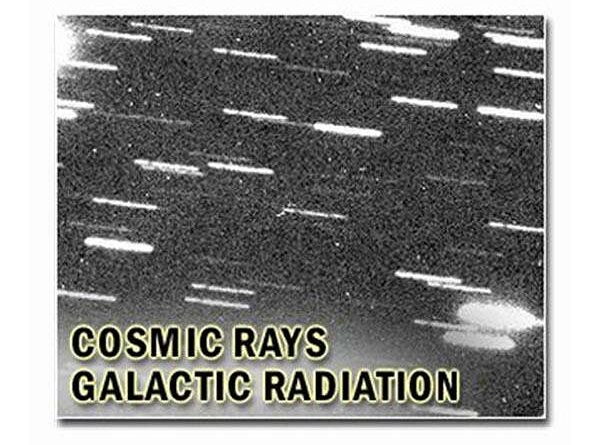Secrets of particle physics studied in an underground laboratory in Italy
Secrets of particle physics studied in an underground laboratory in Italy
by Clarence Oxford
Los Angeles CA (SPX) Nov 22, 2024
Deep in the Apennine mountains, Italy, an international team of scientists is answering deep questions of physics at the Gran Sasso National Laboratory, the coldest place in the known universe. Among them is California Polytechnic State University (Cal Poly) physics professor Thomas Gutierrez, who is leading a team of students with support from a $340,000 grant funded by the National Science Foundation (NSF).
The NSF grant supports trips and experiments at Cal Poly, which enable students to connect with experts around the world to study nuclear decay – specifically, the radioactive decay process by which nuclei do not Atomic vibrations release energy. This research aims to clarify why the universe is governed by matter and solve mysteries that have eluded scientists for decades.
“If you find something that defies the laws of physics, then that’s a discovery,” Gutierrez said. “Now we’re looking for a type of nuclear decay that is currently forbidden by the laws of physics. It shouldn’t happen. If it does, it tells you a lot about the way the world works.”
The study builds on work under the Cryogenic Underground Observatory for Rare Events (CUORE) program, now called CUPID (CUORE Upgrade with Particle Identification). Researchers aim to detect neutrinoless double-beta decay, a hypothetical process that could prove that neutrinos are their antiparticles – a key concept to understanding the imbalance of matter in the universe.
Gutierrez explained, “Under the laws of physics, there should have been equal amounts of matter and antimatter, and they should have been eliminated, gone, and we didn’t. It should be. However, the rest is us. . Why are we here?
The research involves tellurium dioxide crystals, which can exhibit neutrinoless double beta decay. A third of the nuclei of these crystals is the correct isotope, and detectors monitor their decay by measuring the energy released during the process. Success could confirm that neutrinos are indeed their antiparticles, providing insight into the fundamentals of matter.
The Gran Sasso lab provides a unique environment for such experiments, protected from cosmic rays and natural radiation by a kilometer of stone and enclosed in front of ancient Rome. The facility operates at an extraordinary temperature of 10 milliKelvin (-441.74 F), the coldest of its kind, enabling accurate observation of particle behavior.
Cal Poly students, including physicist Reagen Garcia, are part of the research. Garcia manages remote monitoring shifts and is involved in instrument testing at Yale University’s Wright Laboratory, a CUPID operator. “The course will help students participate in these shifts,” Garcia said. “It will also help to send students to Italy or other universities that are part of the partnership.”
Reflecting on his summer work at Yale, Garcia said, “It was exciting to be a part of the detailed, specific aspects of experimental design. This past summer at Yale was an exciting and rewarding research experience.” the best I’ve ever had the opportunity to be a part of.”
Related Links
California Polytechnic State University
Stellar Chemistry, the Universe and Everything in It
#Secrets #particle #physics #studied #underground #laboratory #Italy
